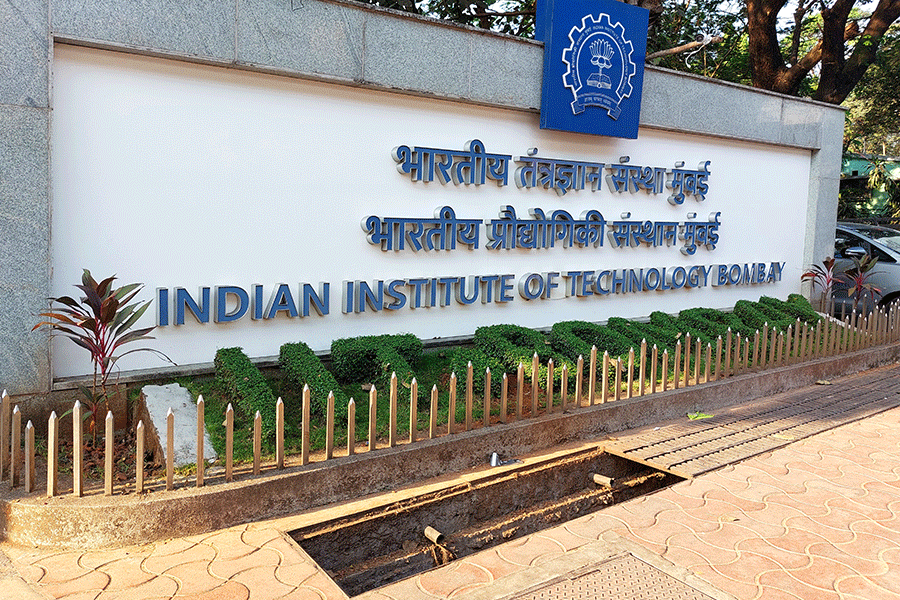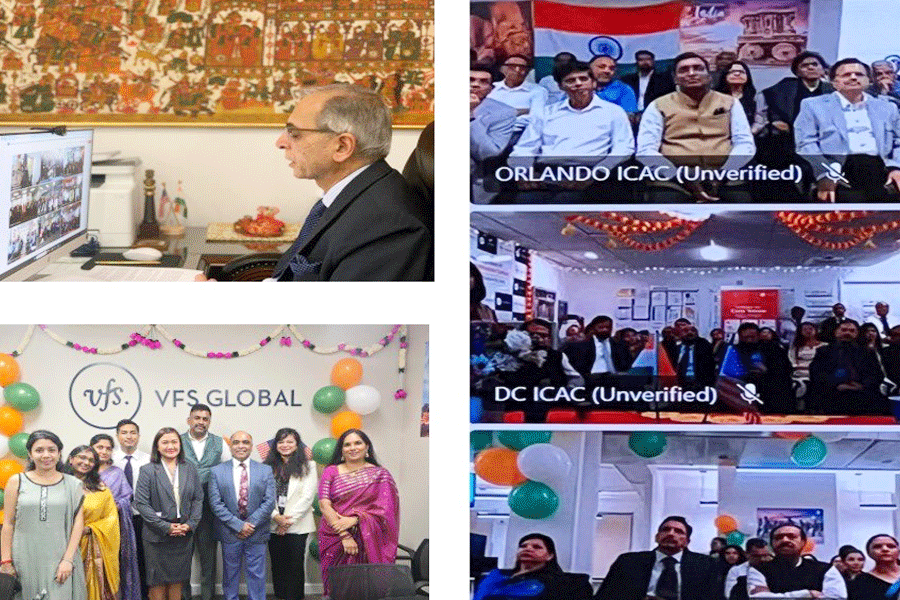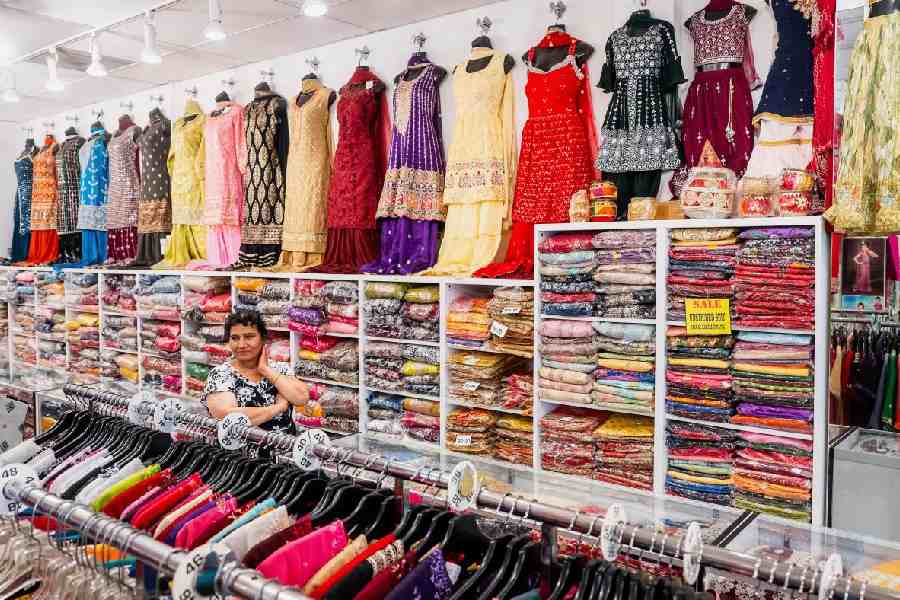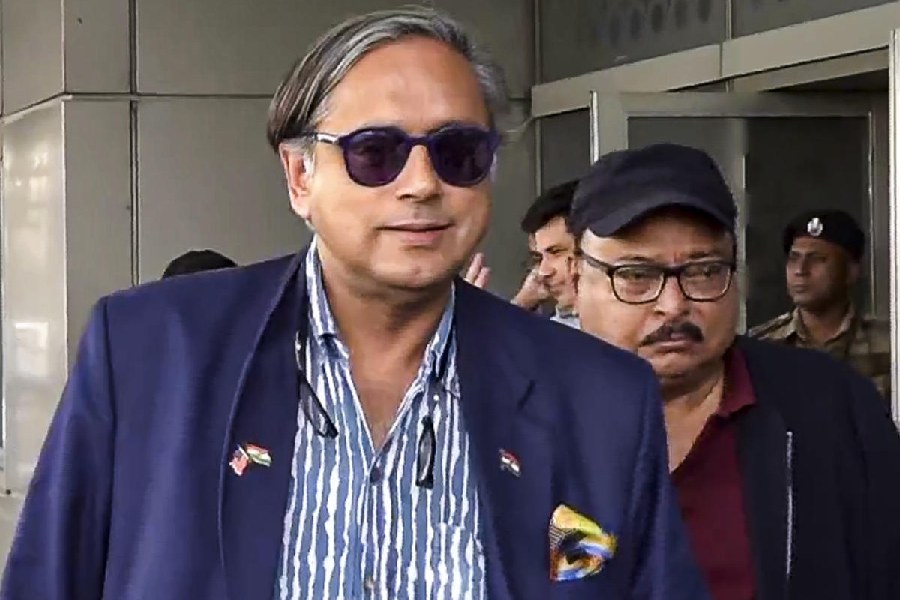 |
About 1,000 workers on the job, a budget of Rs 32.5 crore for an annual clean-up, and an army of babus managing the paperwork.
Yet, the water lifeline of the city has a layer of dirt, 75 years old.
Going by Calcutta Municipal Corporation (CMC) records, three of the four massive reservoirs at the Tallah pumping station have not been cleaned for the past 75 years. Unofficial versions peg the clean-up lag at over a century.
?Since I joined the CMC, the reservoirs have not been cleaned,? said an official who retired recently. ?And it was the same with my predecessor.?
The three underground reservoirs have a combined capacity of 40 million gallons and supply 160 million gallons of filtered water to over four million people from South Sinthee to Bhowanipore, every day.
According to civic health officials, the reservoirs are not emptied during supply hours and, hence, the fresh ?treated? water gets mixed with the water that could be anything between 20 and 100 years old.
Continuous sedimentation over the decades has resulted in deposition of up to four-ft-thick silt on the reservoir beds and reduced their storage capacity by 30 per cent, officials pointed out.
Chief engineer (water supply) Dibyendu Roychaudhury admitted that cleaning of the reservoirs is part of the annual maintenance work of the department, but ?due to some reason or the other? it has not been done.
An overhead tank in Tallah, built in 1911 and with a capacity of nine million gallons, was last cleaned 16 years ago. Underground reservoirs at Auckland Square and Raja Subodh Mullick Square booster pumping stations are in a similar state, with no cleaning done in 20 years.
?We are now working out a proposal to clean the reservoirs. It is a massive task, and all tanks cannot be cleaned at the same time,? said mayoral council member (water supply) Mrinal Kanti Mondol. ?Making a reservoir non-functional for a day means a shortfall of about 25 million gallons of water in the city.?
A blueprint for cleaning the reservoirs must be prepared, as without setting up an alternative diversion line, it is not possible to cut off a reservoir from the integrated system of water supply, stressed Roychaudhury.
Also, treated water from Palta, in North 24-Parganas, has to travel 26 km through pipelines to reach Tallah. Contamination is common, due to leaks at several points, and growth of harmful pathogens in the reservoirs cannot be ruled out either.
Roychaudhury, however, insisted that the CMC was not supplying contaminated water. Regular chlorination is carried out at Tallah, Auckland Square and Raja Subodh Mullick Square booster stations to kill germs ?instantly?, he claimed.
But a survey of water quality in the city, sponsored by the ministry of food and consumer affairs two years ago, had revealed that 63.66 per cent of the CMC water samples was ?contaminated with faeces?. The samples had been collected from 660 public points.










